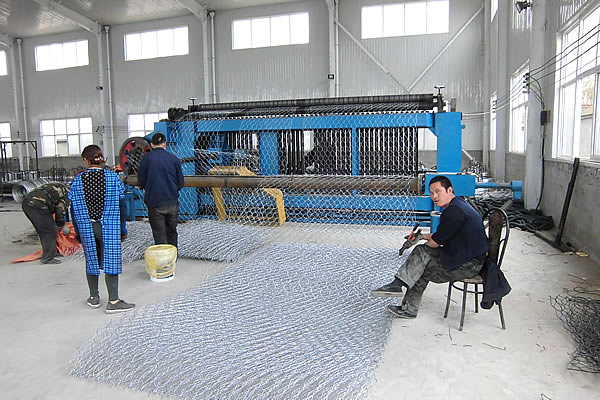 TEL:
+86-13102802206
TEL:
+86-13102802206
 Email:
fencenetting@china.com
Email:
fencenetting@china.com
 Language
Language
 TEL:
+86-13102802206
TEL:
+86-13102802206
 Email:
fencenetting@china.com
Email:
fencenetting@china.com
 Language
Language


The Cost of Fencing Understanding Barbed Wire Prices
Fencing is an essential aspect of land management for both agricultural and residential properties. Among various fencing options, barbed wire has been a popular choice for many years, particularly in rural areas where livestock management is crucial. This article will explore the factors affecting barbed wire prices, offering insights for anyone considering this fencing solution.
What is Barbed Wire?
Barbed wire consists of twisted strands of wire with sharp barbs or points at intervals along the length of the wire. It is primarily used to deter animals and unauthorized individuals from crossing property lines. Its robust nature makes it ideal for a variety of applications, including ranches, farms, and industrial sites.
Cost Factors
When discussing barbed wire prices, several factors come into play
1. Material Quality The type and quality of materials used in manufacturing barbed wire greatly influence its price. High-tensile steel wire tends to be more expensive but offers better durability and strength compared to lower-quality alternatives. This means that while the upfront cost may be higher, investing in quality materials could result in lower long-term costs due to reduced maintenance and replacement.
2. Gauge of Wire The wire gauge also impacts pricing. Barbed wire is available in various gauges, with lower gauge numbers indicating thicker and, therefore, more expensive wire. Thicker wire is generally more durable and capable of withstanding harsh weather conditions or the pressures exerted by livestock.
3. Barb Spacing and Design Different designs of barbed wire, including the spacing and type of barbs, can alter the price. For instance, wire with more closely spaced barbs may provide better security and deterrent qualities but will cost more. Custom designs or features can significantly increase the overall price of the fencing.

4. Length and Coverage Barbed wire typically comes in rolls of varying lengths, and the total cost will vary depending on how much fencing you need. Standard rolls of barbed wire may range from 330 to 1,320 feet. Thus, the size of the area to be fenced will be a large factor in the overall price.
5. Regional Pricing Variations Prices for barbed wire can also vary by region. Transportation costs, local demand, and supply chain dynamics can impact availability and price point. In some areas, specific forms of barbed wire may be more popular, which can also affect local pricing structures.
6. Installation Costs Beyond the price of the wire itself, potential buyers must consider installation costs. While DIY installation may save money, it requires tools, time, and expertise. Hiring professionals for installation can significantly increase the overall project cost, making it essential to budget accordingly.
Average Pricing
As of the latest data in 2023, the price of barbed wire can range from $0.15 to $0.50 per foot, depending on the factors outlined above. High-tensile wire may fall on the higher end of this spectrum, while lower-quality options will typically be less expensive. For a standard 1,320-foot roll, buyers can expect to pay anywhere from $200 to $700, not including installation costs.
Conclusion
When considering barbed wire for fencing, it is crucial to weigh the various factors that influence pricing. By understanding the significance of quality, materials, and regional costs, buyers can make informed decisions that align with their budget while ensuring they receive the durability and effectiveness required for their fencing needs. Whether for agricultural purposes or residential properties, ensuring that you get the best value for your investment in barbed wire fencing will pay off in the long run.
In summary, while the cost of barbed wire fencing can vary widely, understanding the underlying factors can empower buyers to make choices that meet their needs without compromising on quality or security.